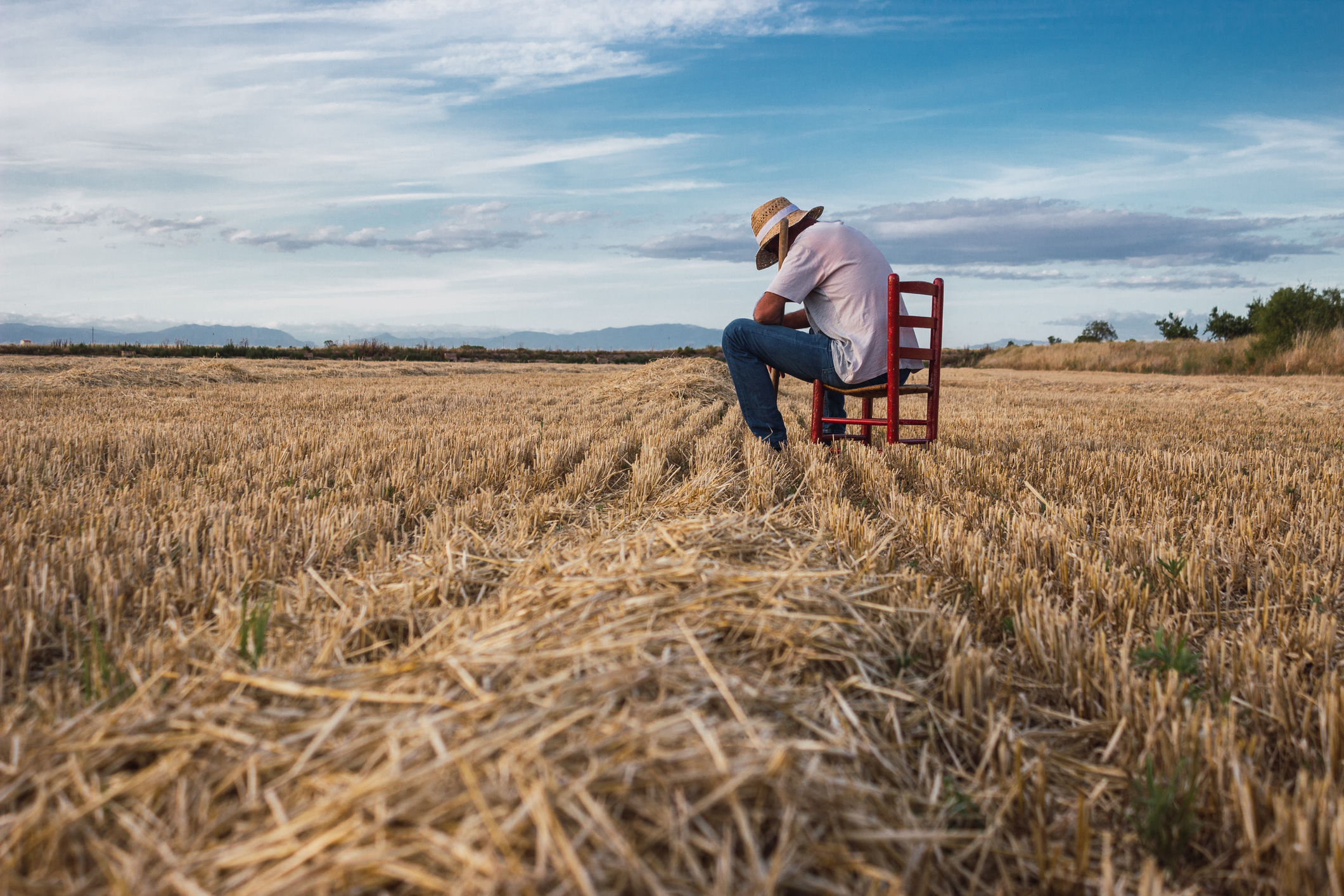In mid-February, the Adverse Effect Wage Rate (AEWR), the minimum wage for farmworkers working under the H-2A temporary visa program, a federal program which allows U.S. agricultural employers to hire foreign farmworkers when local labor is unavailable, was raised from its 2020 rate of $15.83 an hour to its 2021 rate of $16.34 an hour – an increase of more than three percent after a year of economic disruption.
The H-2A temporary visa program is a federal program and, as such, wages set for the program should be uniform, regardless of location. However, the AEWR is set on a state-by-state basis, with states like Alabama, Georgia, and South Carolina expected to pay $11.81 an hour for 2021, while Washington state farmers, along with our southern neighbors in Oregon, will pay the highest AEWR in the country at $16.34 an hour.
The significant difference between our state and Oregon in this wage debate comes in the number of H-2A workers hired. In 2020, Washington state growers hired 25,000 H-2A workers while Oregon growers hired just 1,500. Both states are on pace to hire the same numbers of H-2A workers in 2021.
This increase and the many other regulations that come with hiring H-2A workers are just one more pressure Washington’s farmers have to deal with as they compete in world markets after a very difficult year economically. The upward trend in the AEWR highlights the need to change how the rate is set and applied.
The vast disparity in AEWR from state-to-state ignores the fact that in many instances H-2A workers will be completing the same tasks regardless of location, for farmers who often compete in the same markets. Not only are their job assignments likely to be similar but the rules governing their housing, medical care, and transportation are identical federal mandates.
The rate, which operates as a de facto minimum wage base for all agricultural wages in Washington state, has risen an average of $0.59 a year for the last five years. The biggest change, a jump from $14.12 to $15.03, or $0.91 an hour, occurred between 2018 and 2019.
Some argue the AEWR reflects the different costs of living in each state. The data don’t reflect that, however. There are examples of other states where the AEWR has increased in such modest increments (Louisiana and Arkansas: $0.05 between 2020 and 2021; Alabama and Georgia: $0.10 between 2020 and 2021) they don’t constitute a cost of living adjustment.
The high cost of the H-2A program is designed to encourage hiring local agricultural workers. At a cost of $1,500 per worker application and several logistical hoops to jump through, including advertising for a minimum of 60 days prior to getting verification of need for H-2A workers, and an official number for how many workers an employer is allowed to hire, the program is cumbersome. That doesn’t include requirements for housing, medical care, and travel.
However, in states like ours, where agricultural workforce numbers consistently fall well below the verified needs of agricultural employers, the cost of doing business should be taken into account when setting the AEWR.
The average hourly rate of pay for an agricultural worker in Washington state is $17 an hour because of the number of H-2A workers. Local workers must be paid at least an equivalent amount to H-2A workers on any farm where both types of workers are present, which should make the presences of H-2A workers more attractive to the local workforce as the AEWR keeps wages artificially inflated.
As some push for a $15 per hour minimum wage mandate, federal regulations continue to price agricultural work well beyond that by artificially boosting the AEWR an average of $0.59 per hour annually. It’s time for a change that allows agricultural employers more flexibility to reward loyalty, longevity, and skills building in both their local and foreign labor force.





